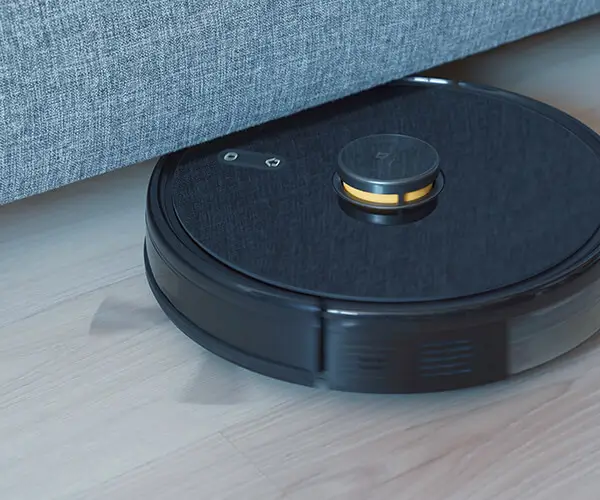Ever tried to run a servo motor and wondered, "What size OCP is actually best for this kind of motor?" It’s a question that pops up more often than you'd think when working on precision machinery or even DIY projects. Picking the right Overcurrent Protection (OCP) isn’t just about preventing sparks or burnt-out parts—it’s about ensuring your system runs smooth, reliable, and safe, especially when you’re pushing motors to their limits.

So, imagine this: you have a servo motor, maybe a compact one for robotics or a larger one for automation. You could go with a tiny OCP, thinking "less is more," but risk underprotecting, which might lead to your motor stalling or damage during a sudden spike. Or you could slap on a giant OCP, which might protect well but could cause nuisance tripping during legitimate high-load situations, halting your work in its tracks.
Now, what’s the sweet spot? Think of it like tuning a guitar—you want just the right tension. The general rule is to size your OCP slightly above the typical operating current of your servo. For example, if your servo motor draws around 4 amps during normal operation, an OCP around 6 to 8 amps could do the trick. That way, minor transient currents won’t trip the breaker, but genuine overloads will be caught swiftly.
Have you ever wondered whether temperature or voltage fluctuations matter? They do. A motor running at a higher temperature might draw a bit more current, so factoring that into your OCP sizing helps keep the protection accurate. It’s like adjusting your car's suspension—details matter if you want that smooth ride.
But sometimes, you just want a straightforward answer for quick decisions. In that case, assess your motor’s stall current—often separated in datasheets—and add a healthy safety margin. It’s not magic; it’s about balancing responsiveness with robustness.
Questions pop up—can I just increase the OCP if my motor is at the edge? It’s tempting, but beware. Too high, and you lose protection; too low, and you risk false trips. Instead, consider overall system design. Cool down your controller, double-check wiring, and match your power supply to what your servo really needs.
And it’s not a one-size-fits-all situation. Different projects, different motors, different load conditions—each one needs a tailor-made approach. When in doubt, start with a slightly higher OCP and keep an eye on how the system responds. Fine-tune from there.
Think about it—your servo motor isn’t just a part, it’s the heart of your machine. Protect it well, and it’ll serve faithfully, quietly, for a long time. A good OCP setting is about thoughtful balance—nothing flashy, just smart choices that let your system perform at its best without interruptions. That’s what makes a setup really sing.
Established in 2005, Kpower has been dedicated to a professional compact motion unit manufacturer, headquartered in Dongguan, Guangdong Province, China. Leveraging innovations in modular drive technology, Kpower integrates high-performance motors, precision reducers, and multi-protocol control systems to provide efficient and customized smart drive system solutions. Kpower has delivered professional drive system solutions to over 500 enterprise clients globally with products covering various fields such as Smart Home Systems, Automatic Electronics, Robotics, Precision Agriculture, Drones, and Industrial Automation.




































